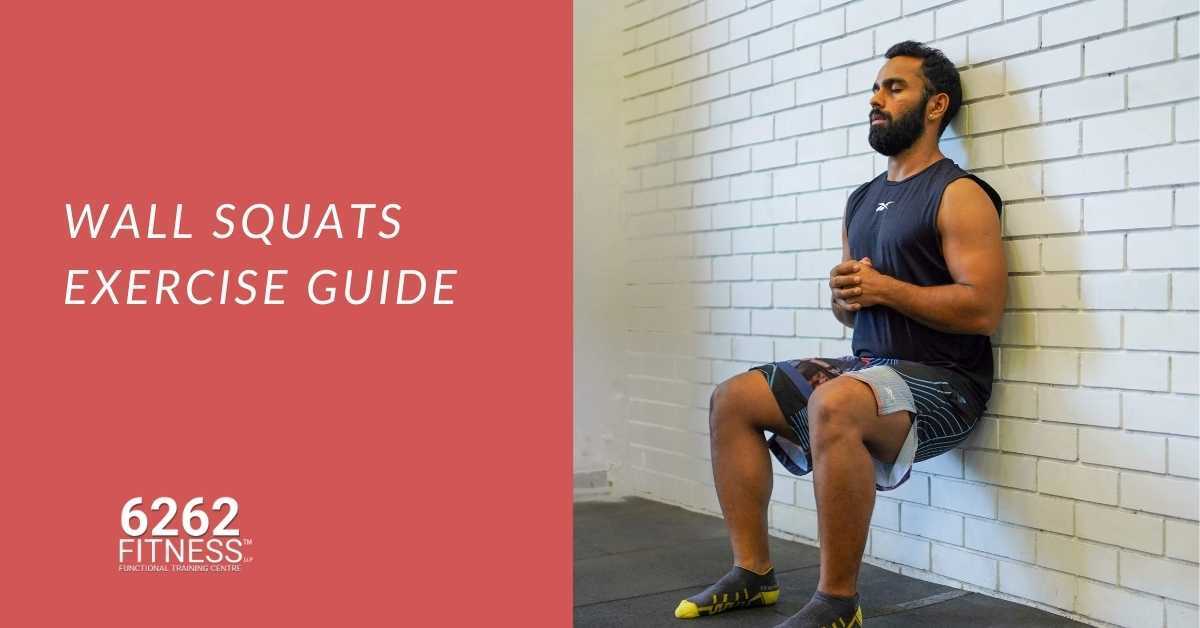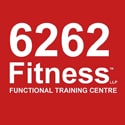
A wall squat, often called a wall sit, is a bodyweight exercise that works the core and lower body muscles. It provides an excellent lower-body workout that can be done practically anywhere. Wall sits is a terrific method to strengthen your glutes, calves, quadriceps (front of the thigh), and even your abdominal muscles if you know how to execute it correctly. Learn more about the advantages of wall squats and how to do them effectively. We’ve also mentioned wall squat variations and benefits.
How to do a Wall Sit?
Start in a standing posture with your feet shoulder-width apart and your back flat against a wall to do a wall squat. Bend your knees at a 90-degree angle to get into a sitting posture. Maintain a strong grip on the wall with your lower back and hold the posture for a defined amount of time.
This wall sit exercise may be done anyplace you have access to a flat wall. Here’s a step by step instruction on how to do a wall sit with a correct posture:
- Begin by leaning against a wall with your back against it and your feet shoulder-width apart and about 2 feet from the wall.
- Slowly move your back down the wall, keeping your core muscles engaged, until your thighs are parallel to the ground.
- Your feet should be adjusted such that your knees are squarely over your ankles (rather than over your toes).
- Maintain a flat back against the wall.
- For 20 to 60 seconds, stay in this posture.
- Return to a standing posture by carefully sliding up the wall.
Repeat the exercise three times with a 30-second rest in between. As your strength improves, increase your hold time by five seconds.
If the exercise becomes too demanding, try a version called an exercise ball wall squat to relieve the stress in your low back. The identical procedures are repeated in this variant, but an exercise ball or stability ball is put between your lower back and the wall. Consider doing a single-leg wall sit or a weighted dumbbell wall sit to increase the intensity of your workout.
Wall Squat- Benefits
The wall squat is a very simple workout that brings in a number of advantages. The quadriceps muscles at the front of your thighs are isolated in this workout. The wall sit is frequently used to progressively increase pre-season leg strength for activities such as downhill skiing, ice hockey, track and field, jogging, and other sports. Strengthening the quadriceps helps maintain your muscles balanced in sports that primarily engage the hamstrings, such as jogging. The wall sit increases muscular endurance, which helps athletes perform at their best for extended periods of time.
Here are the three major benefits of wall squats:
- Wall squats improve core and lower-body strength: Wall Sits are a great way to strengthen your glutes, hamstrings, and quadriceps, especially your inner thighs. Wall squats help you increase core strength by using your abdominal muscles in addition to your legs.
- Wall squats are a simple home workout: Wall squats are one of the most accessible and efficient leg workouts. They don’t require any special equipment and can be readily added to any exercise.
- Wall squats serve to increase muscle endurance: Wall Squats are an isometric exercise, which means the body remains in a static posture throughout the session. Muscle endurance will develop with consistent repetition, allowing you to hold the wall squat for long periods of time.
Wall Squats- Variations and Techniques
If you’re one of the many people who find it difficult to hold a wall sit at a 90-degree angle, don’t go all the way down. Make a 45 or 30-degree angle between your quadriceps and torso instead. You may also shorten your wall sit workouts by a few seconds at a time, then work your way up to holding for longer periods.
Adding to that, here are a few other variations of the Wall Squats that you might find convenient:
Wall Squat with a Stability Ball
Wall Squat with a stability ball is an excellent exercise for toning the thighs and buttocks. This move is also great for improving balance and stability. Let’s see how you can do the perfect wall squat with a stability ball.
- Place a stability ball between your lower back and a wall while standing with your arms at your sides.
- Squat down with your feet shoulder-width apart on the ground, drop your body to the floor, and roll your back along with the ball while maintaining your core tight.
- Exhale and gently return to the starting posture by pushing through your heels while exhaling.
Wall Squat Lat Raise
Simply adding weight to your Wall Sit will make it more intense. Then, by adding motions, you may make it more complicated and use all of your muscle groups.
- Hold dumbbells at your sides and stand with your back against a wall.
- Slide your back down the wall with your feet shoulder-width apart, keeping your core engaged, and into a squat posture, bending at the hips and knees and maintaining the dumbbells at your sides, arms straight.
- Raise the dumbbells to shoulder height by bending at the elbows and raising them outward to the sides.
- Maintain a squat throughout the whole rep set.
- Return to a standing position by relaxing your quadriceps, pushing into your heels, and dropping your arms down by your sides gently.
Uni-Wall Squat
Let’s see how you can do the Uni-wall squat.
- Standing on one foot, with weights (optional) at your sides and the ball positioned on your lower back, level against a wall, stand on one foot.
- Squat down, lowering your body toward the floor, and rolling your back along with the ball with a firm core and feet shoulder-width apart.
- As you exhale, push through your heel and return to the starting position for at least three seconds, keeping one foot up the entire time.
How to work out safely and avoid injuries?
Consult your doctor before starting an exercise programme if you have a past or pre-existing health issue. Proper exercise technique is critical for ensuring the safety and success of an exercise programme, but depending on your specific demands, you may need to alter each exercise to achieve the best results. Always choose a weight that permits you to maintain complete body control throughout the exercise. Pay great attention to your body when doing any activity, and stop immediately if you feel any pain or discomfort.
Read More: How important are your pre-workout meals
Common mistake when doing a wall sit
There are a few common mistakes some people make when adding wall sits to their workout plan. Avoid these mistakes to get the most out of this exercise and avoid injury.
Thighs Aren’t Perpendicular to the Ground
Your thighs should be at 90 degrees to both your back and your lower legs in this posture. As you gain strength, you may need to hold your thighs at a 45-degree angle or less initially. However, do not lower yourself to the point where your thighs are at a greater angle than 90 degrees. This is one of the most common mistake when doing a wall sit.
Weight on Toes
Your weight should be distributed between your heels and toes. You should be able to feel your heels on the ground.
Knees extending past the ankles
Allowing your knees to extend past your ankles is never a good idea. With your knees directly over your ankles, your lower legs should be parallel to the ground. You’ll be using your calves instead of your quads if your knees extend past your ankles.
Finishing Down Instead of Up
You must press into your heels and slide back up the wall at the conclusion of each rep. Instead, you risk injuring your knees by collapsing to the ground.
Incorporate correct warm-ups, rest, and nutrition into your training regimen to see continuous growth and increase body strength. Your capacity to fully recuperate from your exercises will ultimately determine your outcomes. Allow for adequate recovery by resting for 24 to 48 hours before exercising the same muscle groups.
We hope you found this article on wall squat techniques and variations useful.


